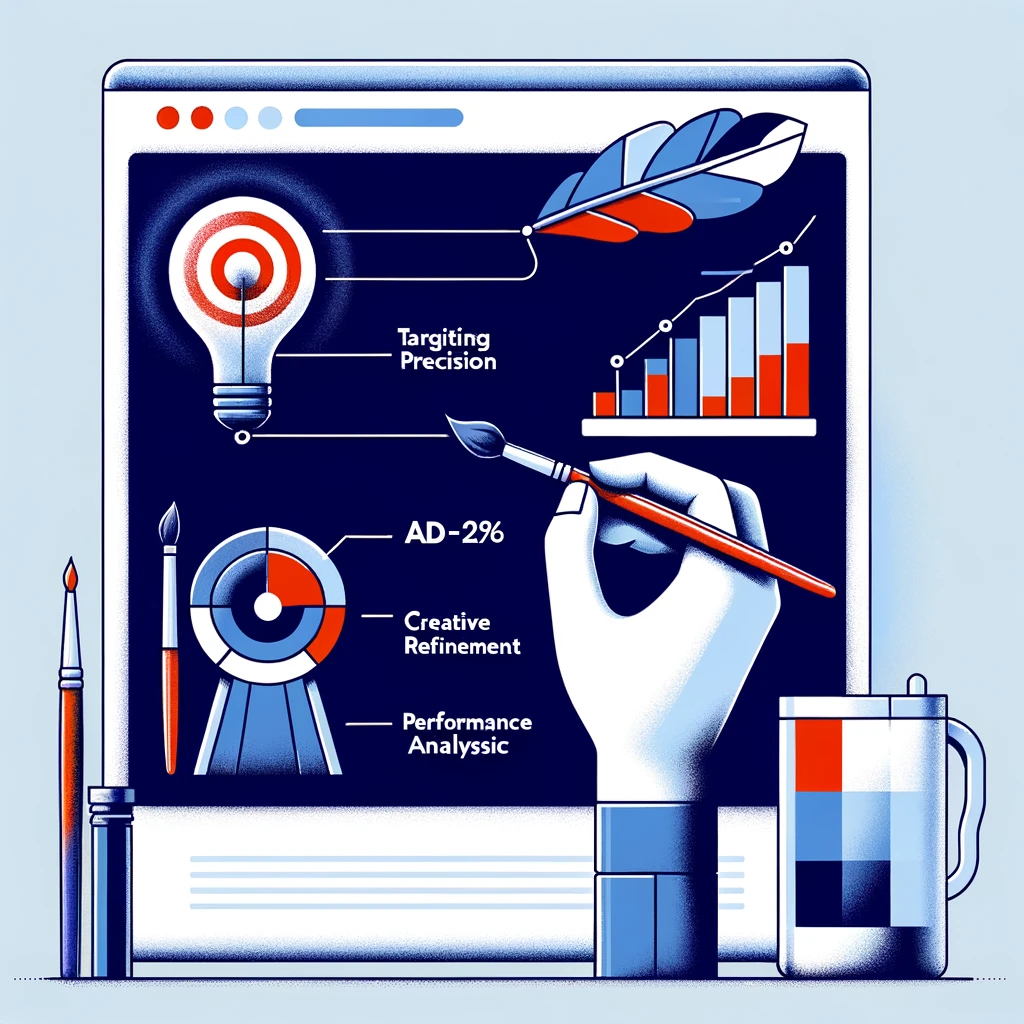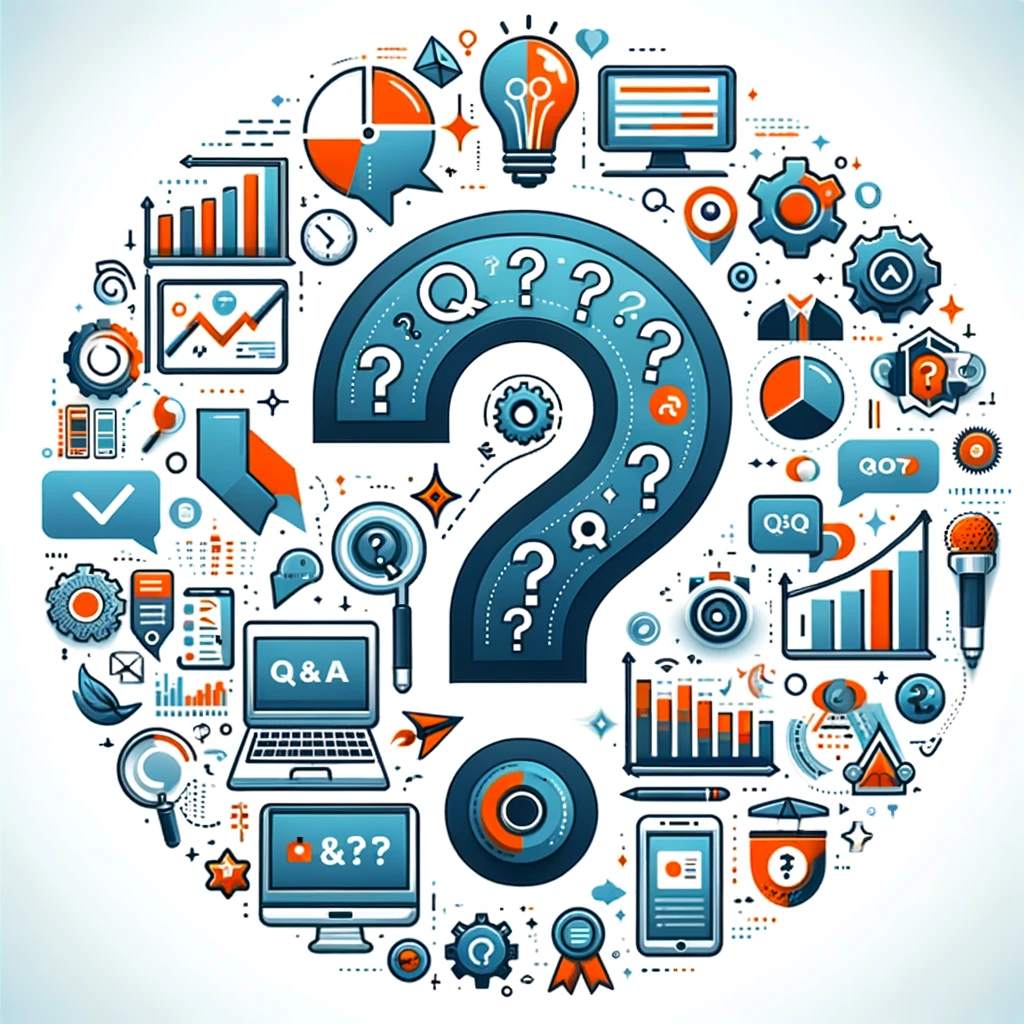Introduction:
In the realm of digital advertising, the ability to measure and optimize conversion rates is a pivotal factor in determining the success of your campaigns. Facebook Ads, with their extensive reach and precise targeting capabilities, have become a go-to platform for businesses looking to connect with their audience and drive conversions.
What are the average Facebook Ad conversion rates, and how do they compare across different industries?
In this article, we’ll delve into the fascinating world of Facebook Ad conversion rates, providing insights into what you can expect and how to maximize your results. Whether you’re an experienced marketer or just embarking on your advertising journey, get ready to uncover the blueprint for success when it comes to Facebook Ad conversions.
Understanding Facebook Ad Conversion Rates:
In the intricate world of digital advertising, Facebook Ad conversion rates are the heartbeat of your campaign’s success. These rates reveal the percentage of users who take a specific action you desire after engaging with your ad. This action could encompass a multitude of goals, ranging from making a purchase, subscribing to a newsletter, completing a contact form, to downloading an app.
Facebook equips advertisers with a robust toolkit designed for precisely tracking and measuring these actions. This suite of tools serves as a virtual compass, allowing you to navigate the intricate landscape of your ad campaigns and gain invaluable insights into their effectiveness.
The power of understanding Facebook Ad conversion rates extends far beyond mere numbers; it’s about deciphering the behavior of your audience, discerning what engages and motivates them, and refining your strategies accordingly. Each conversion represents a user who has not just interacted with your ad but has taken a tangible step toward becoming a customer or an engaged follower.
This deeper understanding empowers you to tailor your campaigns, target your audience with precision, optimize your ad creatives, and ultimately boost your conversion rates. In essence, comprehending Facebook Ad conversion rates is akin to wielding a strategic compass, guiding you toward the achievement of your advertising objectives in the vast and dynamic digital landscape.
Conversion rates in the context of Facebook Ads refer to the percentage of users who take a desired action after interacting with your ad. This action could be anything from making a purchase, signing up for a newsletter, filling out a contact form, or downloading an app. Facebook provides a powerful suite of tools to track and measure these actions, allowing you to gauge the effectiveness of your ad campaigns.
Average Facebook Ad Conversion Rates by Industry:
Understanding the landscape of average Facebook Ad conversion rates is paramount for marketers and businesses alike. It’s crucial to acknowledge that these rates can exhibit substantial variation across different industries, reflecting the unique dynamics and audience behaviors associated with each sector. Variables such as the nature of your products or services, the precision of your audience targeting, the format of your ads, and the objectives of your campaigns all play a significant role in shaping these rates.
While there are no one-size-fits-all metrics, having industry-specific benchmarks can offer a compass for evaluating the effectiveness of your Facebook Ads. Whether you’re in the realm of e-commerce, health and wellness, technology, finance, real estate, or education, these benchmarks provide valuable insights into how your campaigns stack up against your peers. Armed with this knowledge, you can set realistic goals, refine your strategies, and strive to surpass industry standards, ultimately driving your business toward greater success in the ever-evolving world of digital advertising.
It’s important to note that average Facebook Ad conversion rates can vary significantly depending on factors such as industry, target audience, ad format, and campaign objectives. However, having a benchmark can provide valuable insights into how your campaigns compare.
Here are some approximate average conversion rates by industry as of 2021:
E-commerce:
The e-commerce industry tends to have conversion rates in the range of 1% to 2%, with variations based on product type, audience targeting, and ad creatives.
Health and Wellness:
This industry often sees higher conversion rates, ranging from 3% to 5%, given the personal nature of the products and services.
Technology and Software:
Conversion rates here can vary widely but typically fall between 2% to 4%, depending on the product’s complexity and the targeting precision.
Finance and Insurance:
Due to the trust and credibility required, conversion rates tend to be around 3% to 6%.
Real Estate:
The real estate industry sees conversion rates ranging from 2% to 4%, with variations based on location and property type.
Education:
Conversion rates in the education sector can range from 5% to 10% or even higher, depending on the offer and audience.
What is a Good Conversion Rate on Facebook?
Defining what constitutes a “good” conversion rate on Facebook is a nuanced process that depends on a multitude of factors. The ideal conversion rate for your business hinges on variables such as industry, campaign objectives, ad type, and the quality of your audience targeting. There is no universally accepted benchmark that applies to all scenarios. However, a good starting point for evaluating your Facebook Ad campaigns is to understand your own baseline performance and strive for continuous improvement.
In general, average conversion rates on Facebook can range from 1% to 5%. If your campaign is delivering a conversion rate in this range, it can be considered reasonably good. However, exceptional campaigns with highly targeted audiences and compelling ad creatives can achieve conversion rates above 5%, and sometimes even double-digit rates in certain industries like education or health and wellness.
Conversely, some campaigns may fall below the 1% mark due to various challenges such as irrelevant targeting or uninspiring ad content. The key is to set realistic goals based on your specific circumstances, track your performance over time, and focus on optimizing your campaigns to achieve higher conversion rates.
To determine what constitutes a good conversion rate for your business, consider factors like your industry’s average rates, the nature of your products or services, and your specific campaign objectives. It’s also essential to conduct regular A/B testing, refine your audience targeting, and experiment with different ad formats to find what resonates best with your audience.
By continuously monitoring and optimizing your campaigns, you can strive for a conversion rate that not only meets but exceeds your goals, driving meaningful results and growth for your business in the realm of Facebook advertising.
Discovering Your Unique Facebook Ad Conversion Rate:
Discovering your business’s average Facebook Ad conversion rate is an essential step in assessing the effectiveness of your advertising efforts. Rather than solely relying on industry benchmarks, it’s crucial to establish your unique baseline by examining your historical campaign data.
Start by collecting data on previous campaigns and their respective conversion rates. Analyze these rates in the context of your campaign objectives, audience targeting, and ad content. Over time, this historical data will provide insights into your typical performance.
Once you’ve established your baseline, aim to improve it steadily through ongoing experimentation and optimization. Conduct A/B testing to compare the performance of different ad creatives, headlines, and calls-to-action. Fine-tune your audience targeting to reach the most relevant prospects.
Experiment with various ad formats to see which resonates best with your audience. By consistently monitoring your campaigns and making data-driven adjustments, you can work toward surpassing your established average conversion rate, achieving more substantial results, and maximizing the impact of your Facebook advertising efforts.
Remember that your unique business objectives and audience will play a significant role in determining your ideal conversion rate, making it crucial to align your goals with your specific circumstances.
Conclusion:
Understanding and optimizing Facebook Ad conversion rates is a critical aspect of digital advertising success. While the average conversion rates can vary by industry, it’s essential to focus on continuous improvement and testing to achieve the best possible results for your specific business and objectives.
By leveraging the precision of Facebook’s targeting capabilities, crafting compelling ad creatives, and monitoring performance closely, you can maximize your conversion rates and drive the desired actions from your target audience.
In the ever-evolving landscape of digital advertising, the ability to decode and enhance Facebook Ad conversion rates is your blueprint for achieving marketing success and growing your online presence.
Video Resources: Facebook Ad Conversion Rates
There are so many resources for understanding Facebook Ad Conversion Rates. We have complied a compilation of experts that spend time going into a ton of detail about Facebook Ad Conversions.






